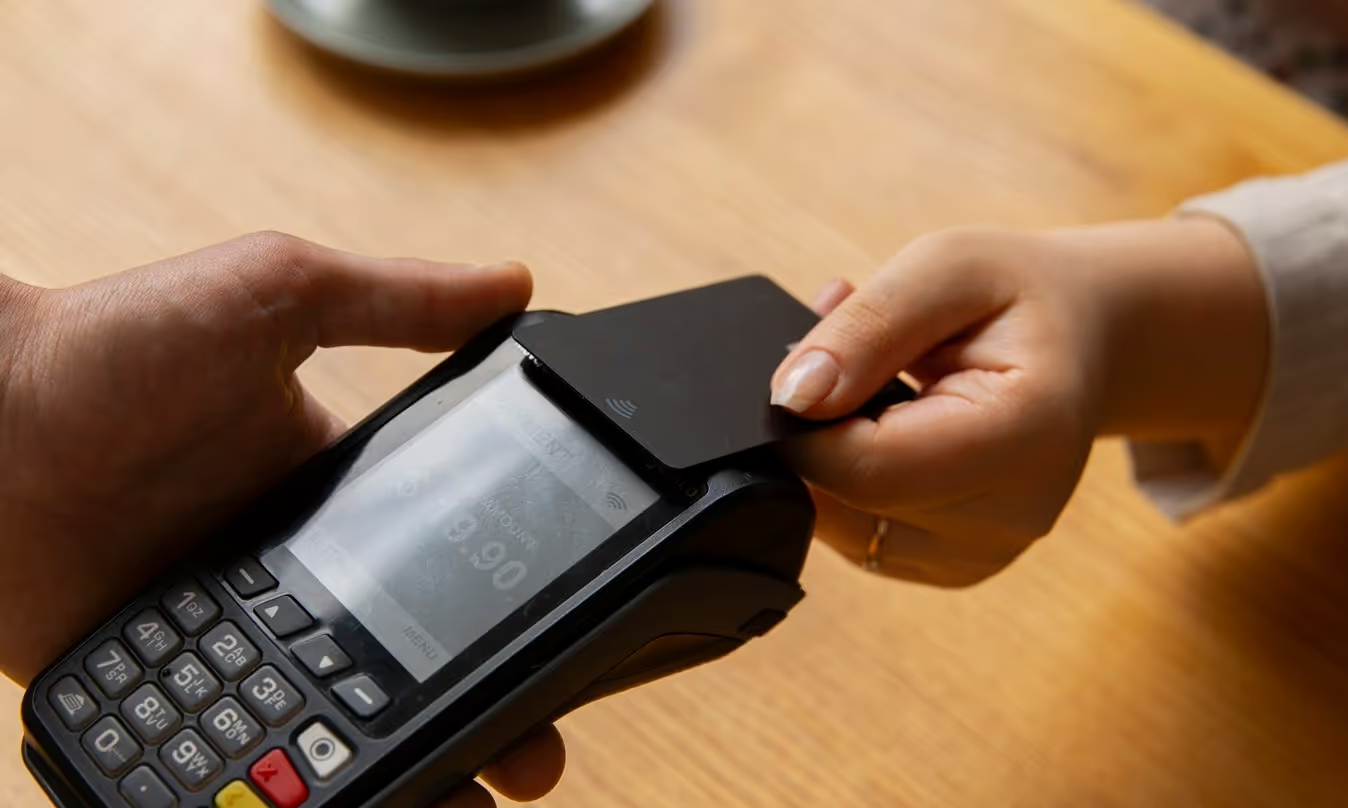
It is always easier to keep using the same systems and technologies. However, to stay competitive, change is inevitable. Especially if your current POS system is slow and lacks the analytics, tracking, and marketing capabilities of modern solutions.
That said, switching systems can be a challenge. To ensure a smooth transition, here are some steps you can take.
First, determine how to move your data from your current system to the new one. To do this, you may have to get customer support on the line. Ideally, some of this should already be done when you determine which POS system to upgrade to. When choosing a new POS system, it’s always best to ask the vendor about the transfer process and the steps that need to be taken to carry it out.
Next, review everything from product information to pricing to employee details. Everything that is going to be transferred over must be checked and any inconsistencies or errors need to be fixed. This is not only necessary for compliance’s sake, but also to ensure that the new system is accurately displaying the right information. This is also a critical step for the accuracy of any analytics that the new POS system provides.
Bringing in employees during the transfer process can be a good idea to help them understand how the new system works. However, in most cases, employees will be brought on after the transfer process is complete. Onboarding, when done wrong, is a pain for everyone involved. It’s best to start by thoroughly understanding how the system works first and then teach employees. Providing an incentive for anyone who’s willing to learn it first and then teach it to others is likely to result in more enthusiasm for the adoption.
No system works perfectly the first time. There will be bugs, confusions, and unexpected problems that arise. That is why it is important to test the new POS software extensively before putting it into action. The good news is that while training employees on the software, you can have them run though various scenarios. Training and testing done in one go!
During the implementation phase, recheck that all the data is correct and make sure that all employee permissions are in place. Ensure the system is configured to meet your state’s cannabis compliance requirements, including inventory tracking, purchase limits, and METRC integration. Then, go live. Running through a few more test rounds is always a good idea. When transactions start coming in, keep an eye on the system’s tracking to make sure that it's operating smoothly.
If you haven’t decided on which POS system to transfer to, make it a point to ask your current vendor along with other vendors you're considering about the transfer process. This will help ensure that the transfer is as smooth as possible.
Seeing is believing
Let us show you why Toke is the POS your dispensary needs.